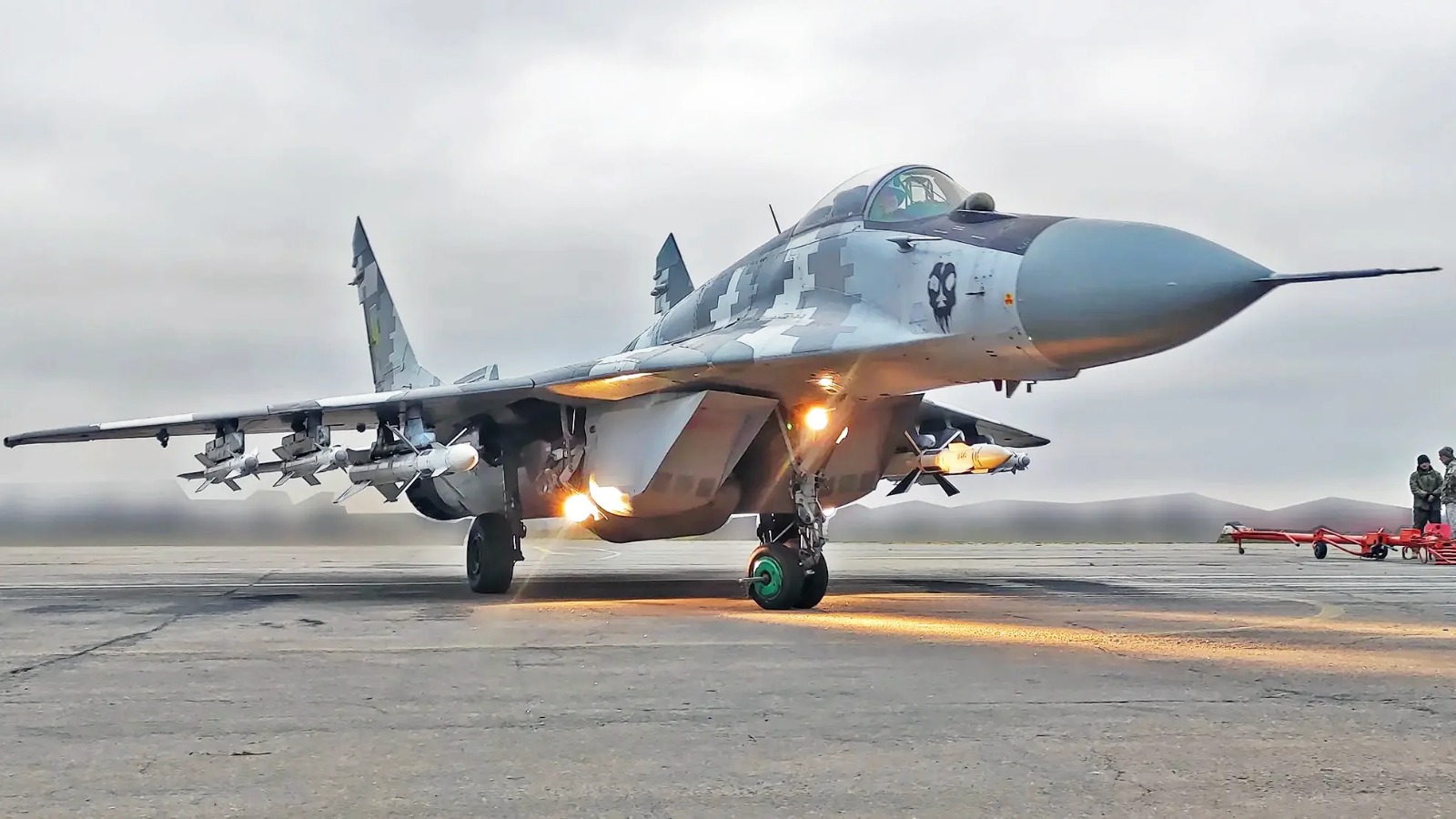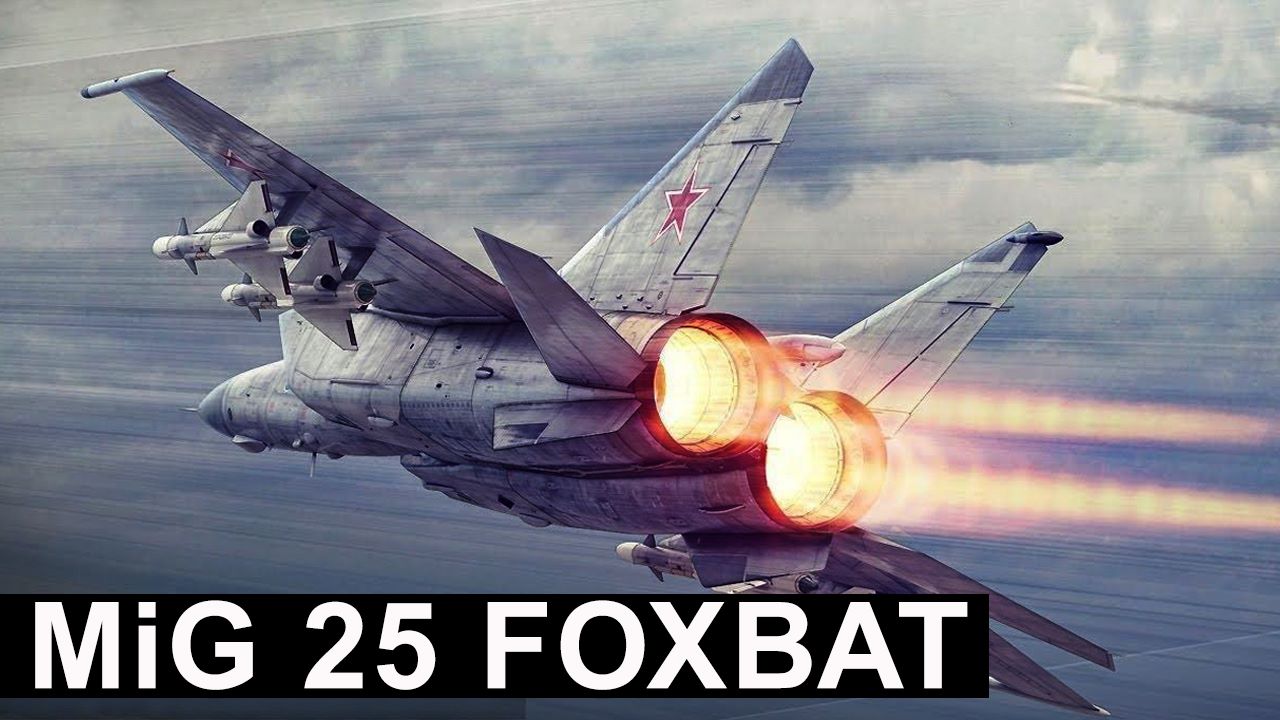The US defense scientists were elated when they had the opportunity to lay their hands on the wreckage of the Russian air superiority fighter jet, Sukhoi Su-35 ‘Flanker-E.’ The aircraft was shot down during the ongoing Ukraine-Russia war, and the parts of the debris were immediately flown to the UK’s Porton Down in Wiltshire and Nevada in the US.
Chinese Scientists “Discover” Game-Changing Tech To Detect Stealthiest Submarines Bursting US Navy’s Bubble
The Cold War is long over, but the intrigue of Russian fighter jets is far from it.
In the same vein, the biggest prize of Cold War cessation was the opportunity to lay its hands on MiG-29 Fulcrum – a twin-engine fighter jet developed by the Soviet Union as a riposte to the US fighters like F-15 Eagle and F-16 Fighting Falcons.
When it undertook its maiden flight in 1977, MiG-29 had come a long way from its predecessors, and the US defense experts observed that the Soviets were catching up with US aircraft technology.
The collapse of the USSR presented the opportunity for the US military to acquire Soviet-era MiG-29 from a small country, the Soviet Republic of Moldova. In a deep recession, the country acquiesced to sell most of its MiG-29 Fulcrum fleet to America.
After all, the MiG-29 was a maneuverable, deadly aircraft for its time. Its Archer AA-11 missiles were sophisticated for the 1990s because they could lock targets with a helmet-mounted cueing system at greater angles away from the jet’s nose than comparable American fighters. The US acquired 21 fourth-generation fighters from Moldova, which had 34 MiG-29s.
The fear that economic needs would make Moldova sell these fighter jets to the Islamic Republic of Iran prompted the US to shell out money comparable to any US plane. Once the aircraft reached the US, their airframes were deconstructed and their capabilities tested.
Around the same time, the Israeli Air Force, keen to get a first-hand look at the MiG-29s, acquired three formidable fighter jets on rent from an undisclosed East European country.
Grapevine is that the MiG-29s were part of a covert deal with a Polish general. The main trigger for the Israeli’s quest was that the Soviets had supplied these fighter jets to Iran, Iraq, and Syria.
The Israelis reportedly flew each aircraft 20 times during two weeks in April 1997. Mock fights were conducted against the F-15 and F-16, and technical evaluation of the helmet-mounted sight and infrared search-and-track systems was done. Israelis were mighty impressed with the fighter jets.
“MiG’s abilities equal and sometimes even exceed those of the F-15 and F-16 jets”, said Major N, one of the IAF pilots who flew the MiG-29. “The aircraft is highly maneuverable, and its engines provide a higher weight-to-thrust ratio. Our pilots must be careful with this aircraft in air combat. Flown by a well-trained professional, it is a worthy opponent.”
Lieutenant General M concurred: “Flying the MIG was one-of-a-kind types of experience for a test pilot. Now I know that the result of an air combat between the MiG and an Israeli fighter jet depends on how the combat develops. In a tight battle, it is a real threat. It’s an advanced aircraft, and in close maneuvering engagements, it is terrific.
“It makes sharp turns, it’s quick, and in my opinion, as a platform, it does not fall short of our advanced fighter jets.” The evaluation was expensive, but the data that the Israeli experts gleaned was worth it.
The MiGs In American Hands
The US military and intelligence agencies have for decades scoured the planet for access to everything from captured surface-to-air missiles to bits and pieces of spacecraft that have fallen to Earth and wreckage of Russian fighter jets.
And all with one intention — to learn valuable something about America’s adversaries. “Foreign Military Exploitation” (FME) has long been a part of the intelligence-gathering repertoire, but it has been least written about subjects as most of its activities remain classified.

The Americans have been successful in getting access to many MiG series aircraft. As reported by the EurAsian Times earlier, the US ran a clandestine program called Project Constant Peg, which consisted of surreptitiously acquired MiG-17 ‘Fresco,’ MiG-21 ‘Fishbed,’ and MiG-23 ‘Flogger’ fighter jets.
Nicknamed ‘Red Eagles,’ the squadron was tasked to train US Air Force personnel in aerial combat against these Russian jets.
MiG-21 ‘Fishbed’
The US got to study the MiG-21 when one of the first produced Soviet-made jets landed in central Israel on August 16, 1966, piloted by an Iraqi defector Munir Redfa. When touching Israel, the jet wore its Iraqi Air Force markings, carrying the Arabic serial number “534” on its nose.
At the time, the Israeli Air Force had nothing comparable to the MiG-21 — it was equipped with slower French-made Vautours and Mirage IIIC fighters. A 20-year arms embargo imposed by the US Congress had denied Israel modern aircraft such as the Lockheed F-104 Starfighter and the newer McDonnell Aircraft F-4 Phantom.
After the Israeli finished studying the MiG-21, the aircraft was transferred to the US government’s secret Nevada airfield, colloquially known as Area 51. Redesignated as the YF-110, the Fishbed was evaluated here under Project Have Doughnut.
At this time, the MiG-21 was giving hellfire to the US aircraft in Vietnam — the Have Doughnut project aimed to formulate offensive and defensive tactics from extensive tests on MiG-21.
According to Steve Davies’ account in Red Eagles: America’s Secret MiGs, Israel agreed to the transfer only because the United States would sell it F-4 Phantom II fighter jets in return.
MiG-23 ‘Flogger’
The MiG-23 was acquired by the Central Intelligence Agency (CIA) from Egypt. Under the project name HAVE PAD, the Red Hats would re-assemble the Flogger, conduct a wide array of non-destructive testing on it, and then extensively test fly it to reveal its strengths and weaknesses – handling qualities, range, endurance, max climb rate, sustained turn rates and so on.
The US got 17 more (11 MiG-23MS and 6 MiG-23BN), the first twelve of which were shipped to the US in two C-5s, each carrying six airframes. There was indeed a quid pro quo.
In 1979, Egypt received a comprehensive Foreign Military Sales package valued at US$594 million and known as “Peace Pharaoh,” consisting of F-4E Phantom II jet fighters and, later, the F-16 Fighting Falcon.

MiG-25 ‘Foxbat’
The cherry on top of the American quest for Russian fighter jets was when a Soviet pilot defected to Japan in a MiG-25 fighter jet — the fastest and highest-flying airplane of Soviet vintage — in 1976.
The Swan Song of the Soviet aircraft designer Mikhail Gurevich, MiG-25, codenamed ‘Foxbat’ by NATO, was a super-fast, super high, and unarmed reconnaissance platform.
As reported by the EurAsian Times, MiG-25 will climb to the stratosphere (the second layer of the Earth’s atmosphere) in a few seconds and attain supersonic speeds. The aircraft pilots could see the Earth’s curvature from up there, and its capability remained unmatched.
This would earn the flight of the MiG-25 the sobriquet “Loneliness at Mach 3.” The MiG-25 pilots would penetrate the enemy territory undetected for routine strategic reconnaissance missions.
The Soviet Union began work on MiG-25s in 1959 and planned it to be an interceptor, a role it failed miserably. But its unmatched supersonic speed and stratospheric reach made it an excellent reconnaissance aircraft.
The West became aware of the MiG-25 in 1970 when the US satellites stalking Soviet airfields saw a new aircraft being tested. It was an enormous fighter plane with large wings.
In 1971 Israeli radars picked up an unidentified aircraft that accelerated to Mach 3.2 (thrice the speed of sound) and climbed to 63,000 feet. Following a second sighting a few days later, Israelis scrambled their fighter jet to intercept the aircraft, but they could not come even close.
Hence, the US experts jumped at the intelligence bonanza to closely examine the MiG-25 that landed in Japan. The aircraft was dismantled piece by piece. A US C-5A Galaxie aircraft transported the Russian aircraft’s pieces to the US for further evaluation. Japan returned the aircraft to the USSR only when they finished evaluating it.
- Ritu Sharma has been a journalist for over a decade, writing on defense, foreign affairs, and nuclear technology.
- She can be reached at ritu.sharma (at) mail.com




